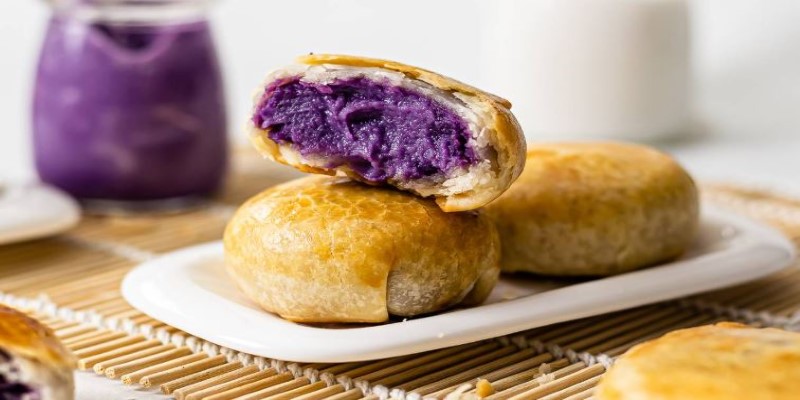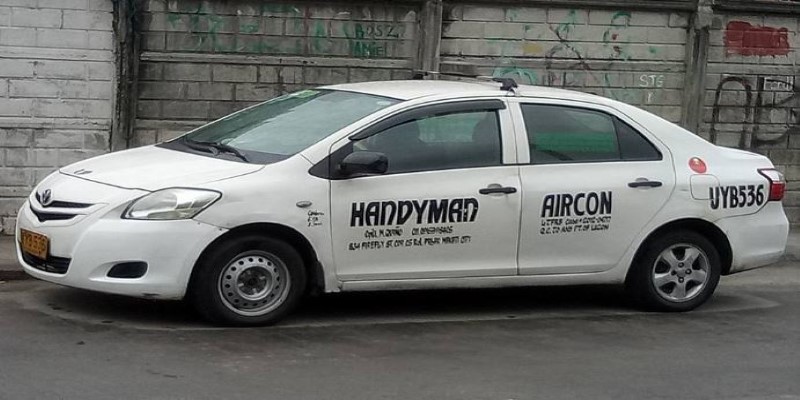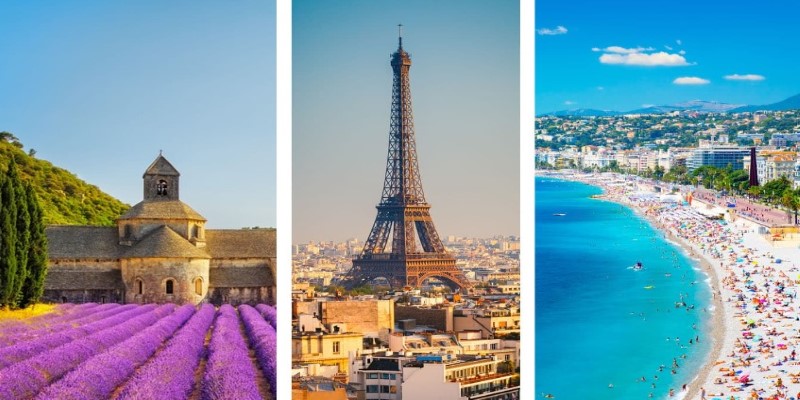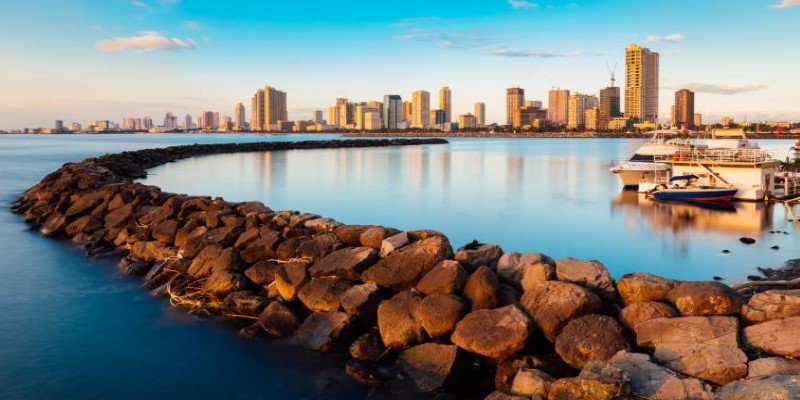Diving into Manila: An Itinerary and Budget-Friendly Travel Guide
Advertisement
Manila is a city of contrasts—chaotic yet captivating, historic yet modern. Colonial-era churches stand beside towering skyscrapers while colorful jeepneys weave through bustling streets. For first-time visitors, the energy can be overwhelming, but beneath the noise lies a city rich in history, culture, and mouthwatering food.
This Manila Travel Guide will help you explore the best sights, plan your itinerary, and manage your budget. Wander through the cobbled streets of Intramuros, catch the sunset at Manila Bay, or dive into the flavors of Binondo. Whether you’re here for a quick stop or a deep dive into Filipino culture, Manila’s raw charm will leave a lasting impression.
Best Time to Visit Manila
Manila is most conveniently visited from November to May when the weather is warm and perfect for tourism. These months are ideal for touring Intramuros, viewing Manila Bay sunsets, and day trips. The rainy months from June to October are a time of infrequent typhoons and torrential rains that can ruin travel plans but result in fewer people and lower expenses.
For a cultural experience, go in January for the Black Nazarene Feast, February for Chinese New Year celebrations in Binondo, or December for merry Christmas celebrations. Manila is always alive and kicking, but the holidays equal more traffic. Regardless of when you travel, bring light attire, hydrate, and be ready to immerse yourself in Manila's frenetic energy.
Top Places to Visit in Manila
Manila is a combination of historical sites, city entertainment centers, and local gathering places. Begin with Intramuros, the center of old Manila. This walled city was the seat of Spanish power in the Philippines. Stroll through Fort Santiago, a fortress with a rich history, and see San Agustin Church, a UNESCO-designated baroque church. Outside Intramuros, Rizal Park commemorates national hero José Rizal, and it's a good spot to rest after touring.

For a taste of modern Manila, visit Bonifacio Global City (BGC) or Makati, where you'll find upscale malls, trendy cafés, and a lively atmosphere. If you're looking for a cultural experience, explore Binondo, the world's oldest Chinatown, where you can try authentic Filipino-Chinese dishes like lumpia (spring rolls) and hopia (sweet bean-filled pastry). For a touch of nature, stroll along Manila Baywalk to enjoy stunning sunset views, or visit the Las Piñas Bamboo Organ Church, a hidden gem for history enthusiasts.
Shopping in Manila is also an experience in itself. Try Divisoria for bargain hunting or Greenhills Shopping Center for pearls and souvenirs. If you're into high-end brands, malls like SM Mall of Asia and Glorietta will not disappoint.
Manila Itinerary & Travel Budget
A well-planned Manila itinerary can help you see the city's best sights without wasting time. Here’s a suggested plan for a 3-day trip:
Day 1: Old Manila & Culture
Start your day in Intramuros, exploring Fort Santiago, San Agustin Church, and Casa Manila. Walk through Rizal Park and visit the National Museum of the Philippines to understand the country’s history. Wrap up the day with a Binondo food crawl. Estimated budget: ₱1,500 ($27) for food, entrance fees, and transportation.
Day 2: Modern Manila & Shopping
Head to Makati or BGC, where you can explore the Ayala Museum, shop at Greenbelt, and sample local delicacies. In the afternoon, take a ferry ride along the Pasig River or visit art spaces like Pinto Art Museum. Wrap up the day with evening drinks at Manila Bay or a rooftop spot. Budget: ₱2,000 ($36) for shopping, food, and activities.
Day 3: Nature & Adventure
If you love nature, take a day trip to Taal Volcano, visit the Las Piñas Bamboo Organ Church, and explore the nearby Las Piñas-Parañaque Critical Habitat and Ecotourism Area. Alternatively, go to Manila Ocean Park for an interactive marine experience. Budget: ₱2,500 ($45) for transportation, entrance fees, and food.
Travel Costs & Budget Tips
Manila can be explored on a budget, but your expenses will depend on your travel style. Here’s an approximate breakdown of costs:
Accommodation
Budget travelers can find hostels for as low as ₱500 ($9) per night, while mid-range hotels range from ₱2,000–₱4,000 ($36–$72). Luxury hotels cost significantly more. Booking in advance often secures better deals. Consider staying in Makati, BGC, or Malate for convenient access to attractions and transportation.
Transportation

Jeepneys and tricycles are the most affordable transport, costing around ₱20 ($0.40) per ride. Taxis and Grab fares range from ₱150–₱300 ($3–$6) for short distances. Walking is ideal for exploring specific areas while renting a bike or scooter can be a fun and efficient way to get around.
Food
Street food costs as low as ₱50 ($1) per meal, offering affordable and authentic Filipino flavors. Mid-range restaurants charge ₱300–₱600 ($6–$12) per person. Carinderias (local eateries) provide home-cooked meals at budget-friendly prices. Dining in malls and food markets gives access to a variety of dishes at reasonable costs.
Attractions
Historical sites have entrance fees between ₱50–₱300 ($1–$6), while attractions like Manila Ocean Park or museums cost ₱500–₱1,500 ($9–$27). Some parks and cultural sites offer free entry on select days. Exploring public spaces like Rizal Park and Manila Bay is a great way to enjoy the city for free.
Save money by using public transport instead of taxis, eating at carinderias, and booking accommodations in advance. Look for free museum days, walk whenever possible, and shop in local markets instead of malls. Consider using ride-sharing apps for safer and more affordable transportation compared to traditional taxis.
Conclusion
Manila may be chaotic, but it’s a city full of character, history, and unforgettable experiences. From walking the storied streets of Intramuros to watching the sunset at Manila Bay, every corner has something to offer. With a well-planned itinerary and smart budgeting, you can enjoy the best of Manila without overspending. Whether you’re exploring vibrant markets, indulging in Filipino street food, or uncovering cultural gems, the city’s energy will leave a lasting impression. Embrace the hustle, dive into its rich heritage, and let Manila surprise you—it’s raw, real, and undeniably captivating. You’ll leave with stories worth sharing.
Advertisement












